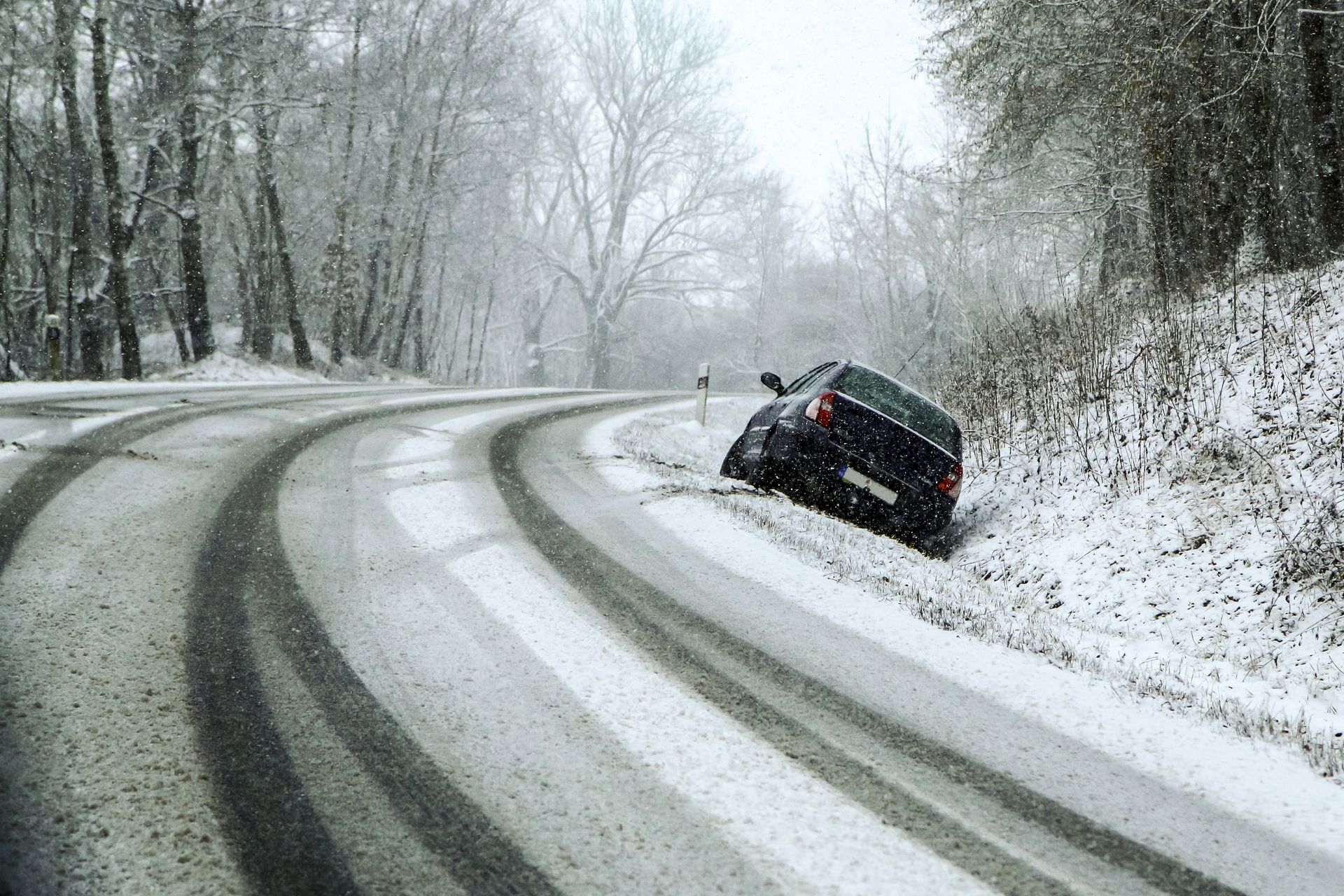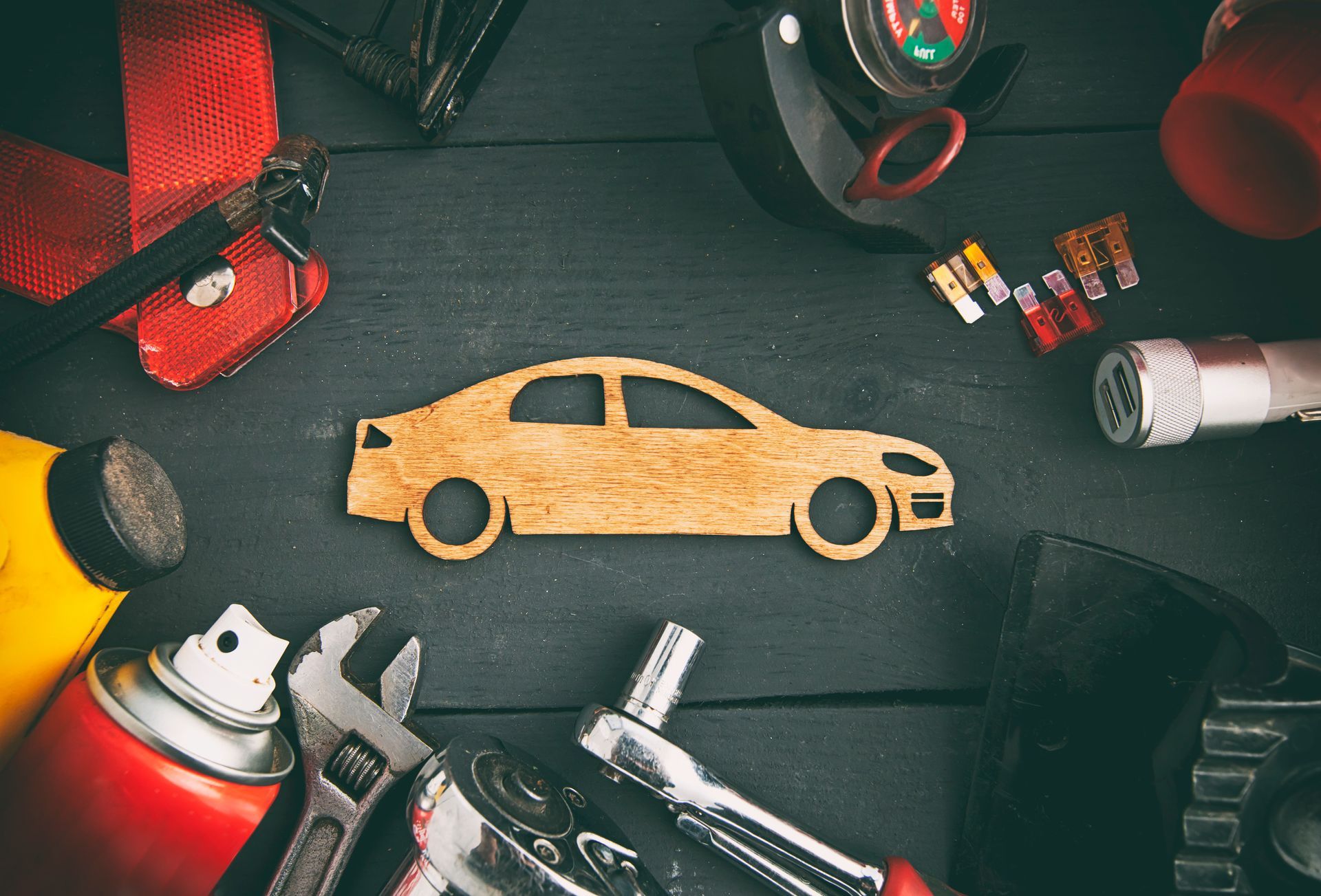
When temperatures dip, vehicles tend to behave differently. Some issues that seemed minor during warmer months can suddenly become obvious. Cold air affects how fluids flow, how rubber components respond, and how electrical systems perform. If something is already wearing out or slightly off, winter is likely to bring it to your attention.
Below are six common problems that often get worse as the weather gets colder.
1. Battery Power Drops in the Cold
Car batteries lose strength as temperatures fall. The chemical reaction inside slows down, which reduces the amount of power the battery can deliver. At the same time, the engine requires more energy to turn over when it’s cold outside.
If your battery is more than three years old or you’ve noticed sluggish starts, now is the time to have it tested. A weak battery that barely made it through the summer may not survive a cold morning.
2. Tire Pressure Falls and Tread Issues Show Up
Cold air causes tire pressure to drop, often by one PSI for every ten degrees of temperature loss. This drop can lead to poor handling, reduced traction, and uneven wear. If your tires were already low or worn, colder weather makes things worse.
Winter also reveals problems like low tread depth or hardened rubber, both of which affect grip. Keeping your tires properly inflated and replacing worn ones improves safety when roads are wet or icy.
3. Engine Oil Thickens at Lower Temperatures
Oil becomes thicker when it’s cold, especially if it’s old or not suited for winter conditions. Thicker oil doesn’t circulate as easily at startup , which means your engine might go longer without full lubrication. That increases wear, especially during cold starts when protection matters most.
Switching to an oil with the correct viscosity for winter use helps the engine run more smoothly in cold conditions.
4. Belts and Hoses Become More Likely to Fail
Rubber doesn’t handle cold temperatures well, especially if it’s already aging. Drive belts and coolant hoses can become stiff and brittle in low temperatures, which raises the risk of cracking or splitting.
Belts that slip or snap can affect the alternator, water pump, or power steering. Hoses that leak coolant can lead to overheating, even in winter. A quick inspection before cold weather arrives can help prevent unexpected breakdowns.
5. Cooling System Issues Become More Noticeable
Your engine still needs to maintain a steady temperature in winter, and the cooling system plays a big role in that. If the thermostat sticks open, the engine may run too cool and take longer to warm up. If it sticks closed, it can cause the engine to overheat.
Cold weather also puts pressure on the radiator, reservoir, and hoses. Parts that are weak or leaking may start to fail once temperatures fall. It’s a good idea to check the coolant level and quality before winter settles in.
6. Fuel and Ignition Problems Affect Cold Starts
Cold weather can make it harder for your engine to start, especially if there are issues with spark plugs, ignition coils, or fuel delivery. Moisture in the fuel system or dirty injectors can lead to rough starts or hesitation.
If the car struggles to start, stalls shortly after, or takes longer than usual to turn over, those symptoms should be taken seriously. Cold conditions often highlight problems that were less noticeable before.
Get Winter-Ready at Dave's Automotive in Stockertown, PA
If your vehicle has been showing signs of battery trouble, hard starts, or uneven tire wear, now is the time to act. At Dave’s Automotive in Stockertown, PA, we offer seasonal inspections to catch common cold-weather issues before they turn into major repairs. Schedule your winter checkup today and drive with confidence, no matter how cold it gets.











